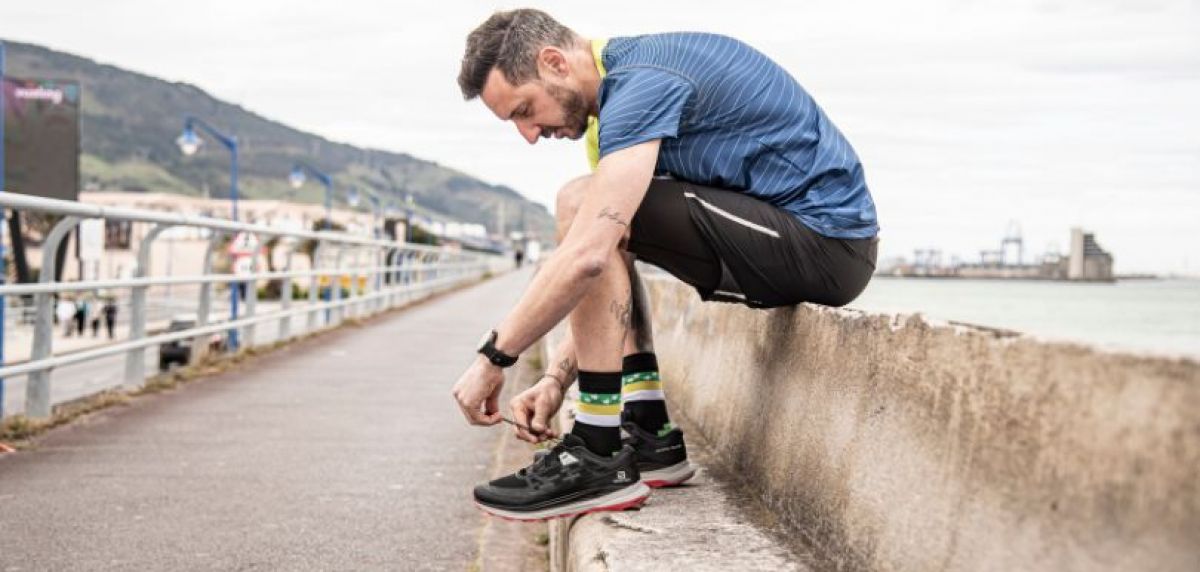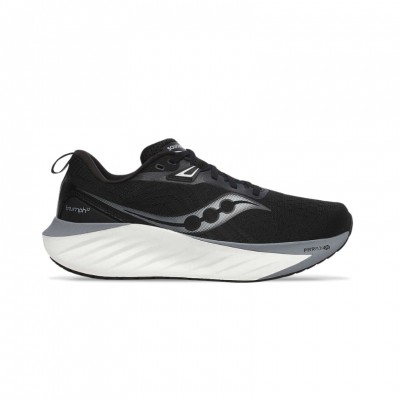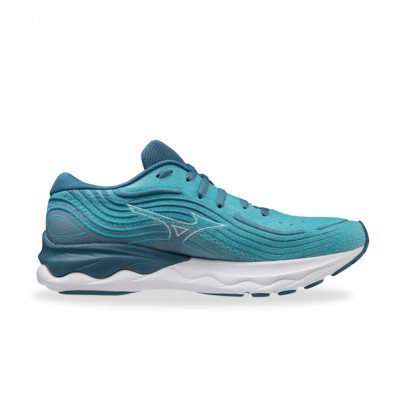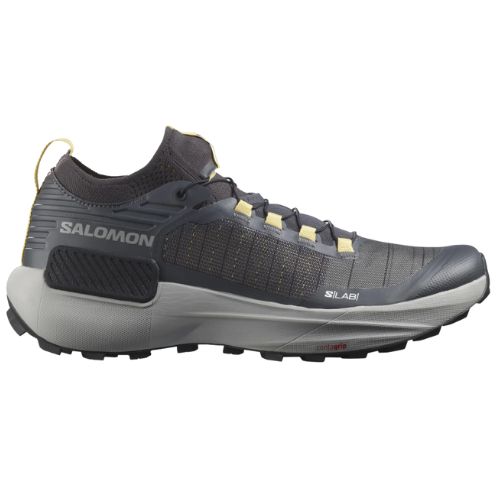The saying "put the cart before the horse" has endless connotations and meanings, which can be applied to any area of our lives. Physical activity and sport do not lag behind, where we find many cases where things are not done in the order they should be done. Ignorance, haste or excessive motivation are just some of the reasons why we focus our attention on the end or objective without paying attention to a correct construction of the foundations.
Focusing on the world of running, there are many examples where the rush to put on our running shoes and go out to give our best cause us to forget important aspects such as the subject that concerns us today; the warm-up. Hands up anyone who has ever left home and started running at "full speed", or who has been presented at the starting line of a race directly thinking that "I will take advantage of the first kilometers to warm up". I'm sure there are many of you who have raised your hand...
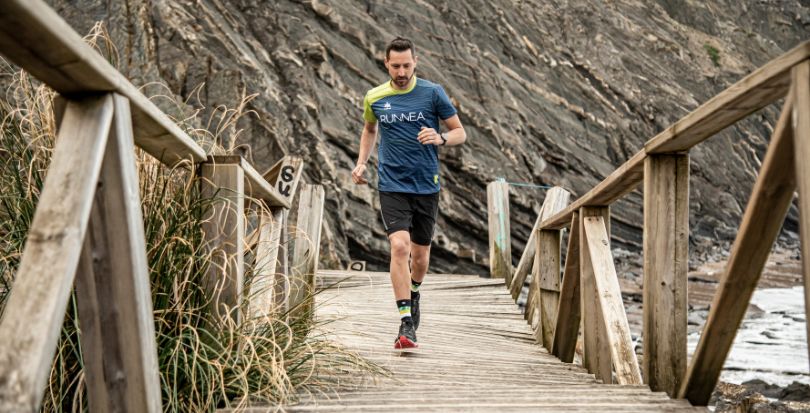
But be careful, when we talk about warm-up, we are not only referring to jogging or running at a very low intensity before running at a higher intensity. Surely you will be interested to know that there are several ways to perform a proper warm-up and that is why in this article we are going to explain step by step how to perform a good warm-up for running.
What is a warm-up for?
Although we are sure you have heard it many times, the warm-up serves to "activate" or "wake up" our body and prepare it for an activity that will break with the state of rest that we have until then. And what do we get to start? Mainly:
- Progressive activation of the cardiovascular and pulmonary system.
- Controlled increase of the body and muscle temperature
- Activation of the sympathetic nervous system (alertness)
- Mental preparation for the subsequent activity
- Improved performance and reduced likelihood of injury.
Therefore, the warm-up is the part of the training where our heart and lungs start pumping blood and transporting oxygen at a faster rate than they would do at rest, while the movement allows our muscles and joints to acquire the right tone to face the main part. Not only that, but our body is put on alert and prepared for an activity with greater stress, allowing us to improve our predisposition and concentration for what comes next.
Does warming up mean running?
The answer is: not necessarily. Although running at very low intensity is one of the most effective and easiest ways to warm up, it is not the only alternative. I'm sure that if you have been or regularly go to the gym you have performed a non-impact warm-up using a stationary bike, elliptical trainer or rowing machine. This is also considered a warm-up.
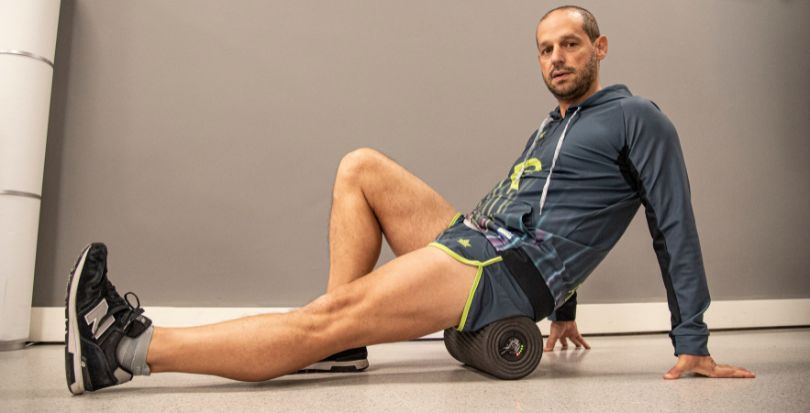
But let's go further. Not every warm-up needs to be a "cardio" activity. Including a dynamic stretching routine before running or performing a myofascial massage using a foam roller are also considered active means of warming up. We can also find passive means, such as compression boots or electrostimulation. They are different techniques but all have the same purpose.
The best warm-up for running is the one that combines the increase of our cardiovascular activity with muscle activation, as well as preparing mentally for the main part of the training session or for the competition.
Ways to warm up for running
Now that we have named the ways we have at our disposal to perform a correct warm-up, we only need to know which is the most appropriate warm-up. How do we know? Depending on the type of session we are going to do. Here are several types of warm-up explained step by step.
Running at low or medium intensity
Option A: Warm up with a 5 to 15 minute run and then include a dynamic stretching routine before continuing with the run.
Option B: Start with a dynamic stretching routine and then start running progressively.
Option C: Without having to divide the session into blocks, you can start the run by running the first 10-15 minutes at a lower intensity and increase the pace progressively.
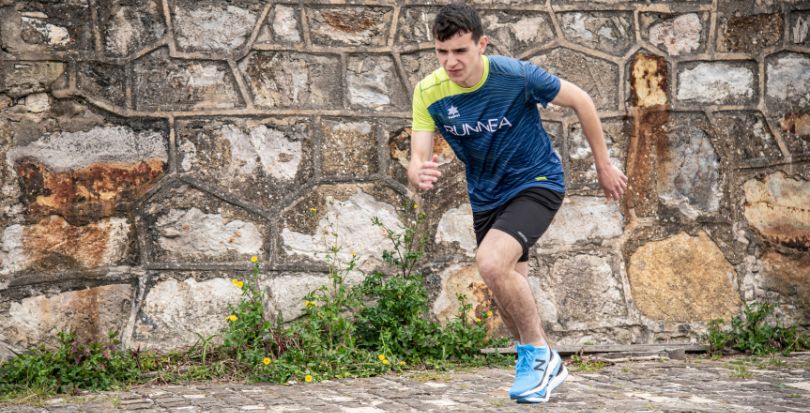
Change of pace sessions, series, short hills or competition.
Option A: Warm up with 10-15 minutes of running and then include a dynamic stretching routine and some progressions or straights to finish.
Option B: Start with a dynamic stretching routine and then begin running at low intensity for 10 to 15 minutes, followed by activation progressions.
Option C: Warm up with 10 to 15 minutes of running, do some progressions and finish the warm-up with another 5 minutes of gentle running.
Strength sessions
Option A: Perform a myofascial massage with the foam roller accompanied by a joint mobility routine.
Option B: Perform a non-impact cardio warm-up for 5 to 15 minutes.
Option C: Perform a low-intensity run for a maximum of 20 minutes before beginning the strength session.
Warm up one way or another, but warm up.
Now that you know the importance of warming up properly, you can forget about running like a maniac as soon as you hit the start button on your heart rate monitor. Depending on the type of session and your availability, you will have the task of choosing the best way to warm up, taking into account your personal preferences in order to favor a better psychological entry to that running session, series or even your next competition.
However, we recommend that you do not be a "traditionalist" and always opt for a warm-up of continuous running only.
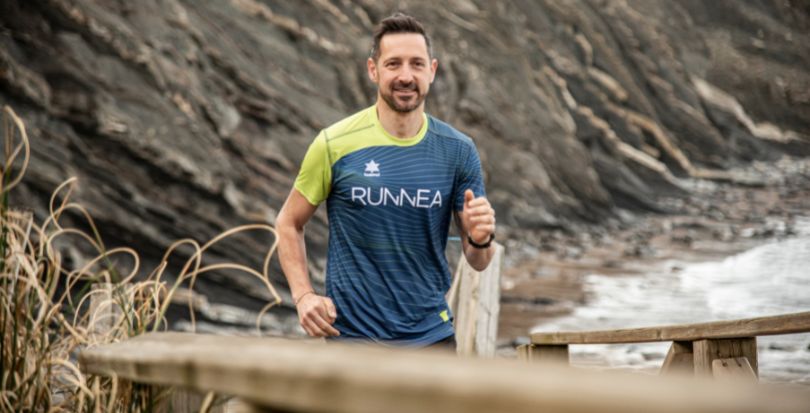
As we have mentioned, the inclusion of progressions or straights, joint mobility routines and dynamic stretching can help your warm-up to ensure better performance, as well as reduce the likelihood of injury. Warm up, it's time to warm up!
Read more news about: Running Training
